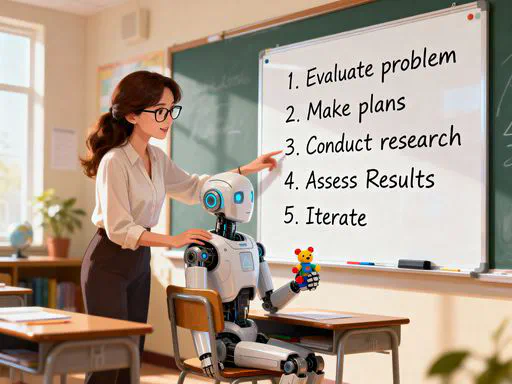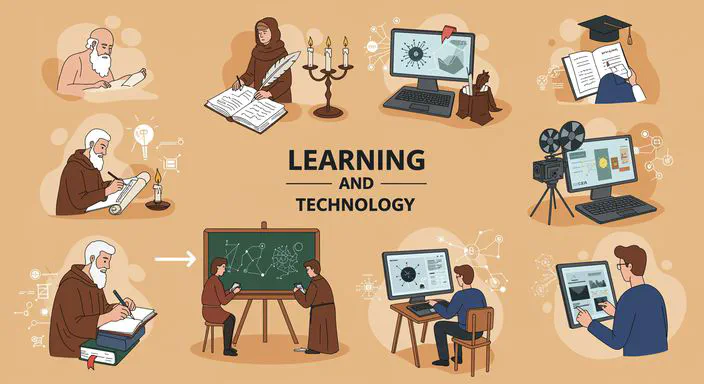
Reasoning in large language models represents an important shift in artificial intelligence—from instant responses to deliberate problem-solving. How does the reasoning work? In what ways can this feature be implemented? What are its current limitations?

The most consequential near-term use of voice AI is companionship, not productivity. AI companionship is rapidly emerging as a transformative force, reshaping human relationships by offering emotionally responsive, ever-present, and personalized virtual partners.

This article was originally published at dliangthinks Generating realistic and believable speech is an immensely important topic in the realm of artificial intelligence applications. The ability to produce human-like speech not only enhances user experience but also opens up a myriad of possibilities across various industries, including entertainment, customer service, and education. In this article, I aim to present some quick test results that illustrate the current state of affairs in this rapidly evolving field.

We are on the cusp of entering an exciting new era in the realm of writing, which I refer to as the third stage, AI-collaborated writing.

Rapidly, we approach the final phase of the extension of man—the technological simulation of consciousness, when the creative process of knowing will be collectively and corporately extended to the whole of human society, much as we have already extended our senses and nerves by the various media. - Marshal McLuhan